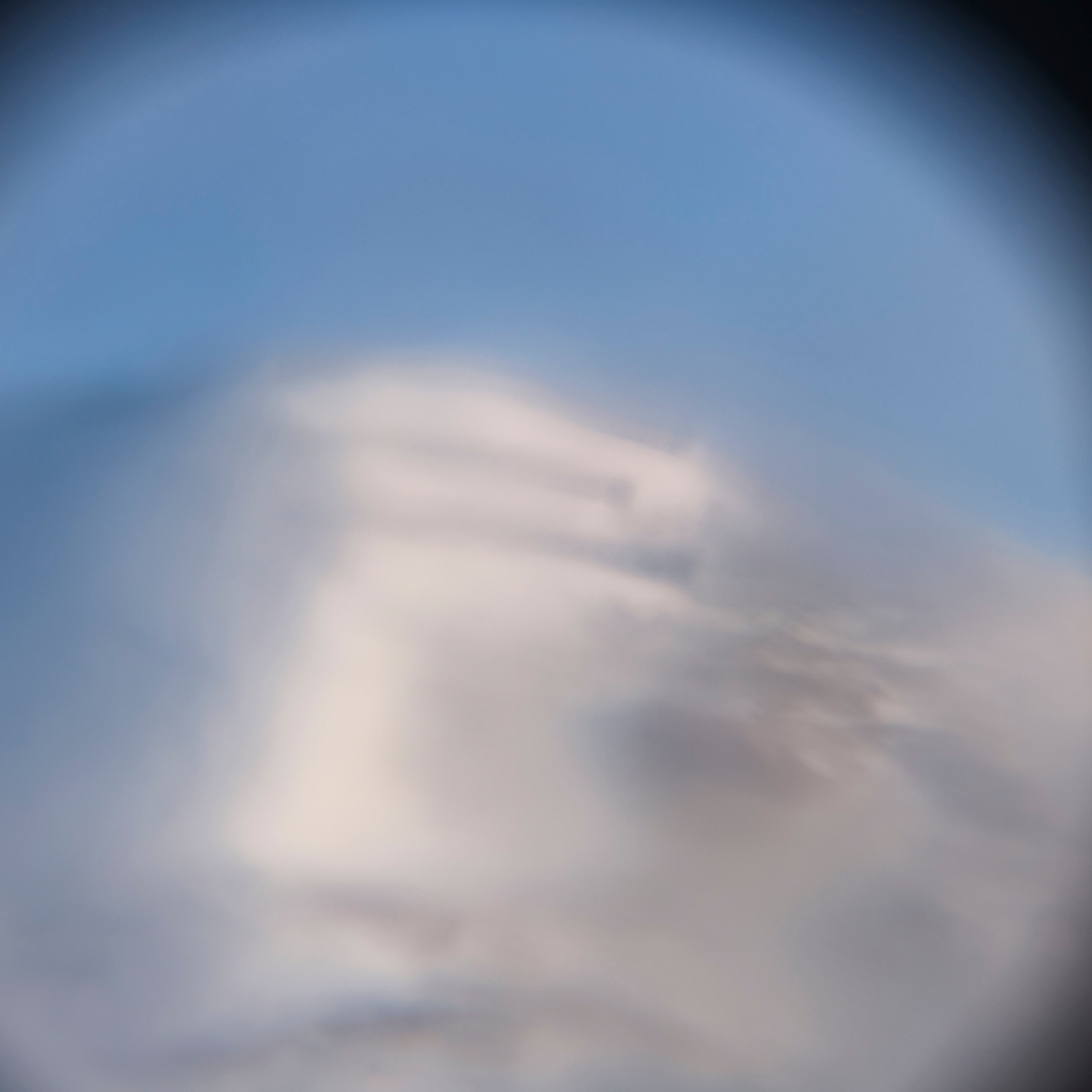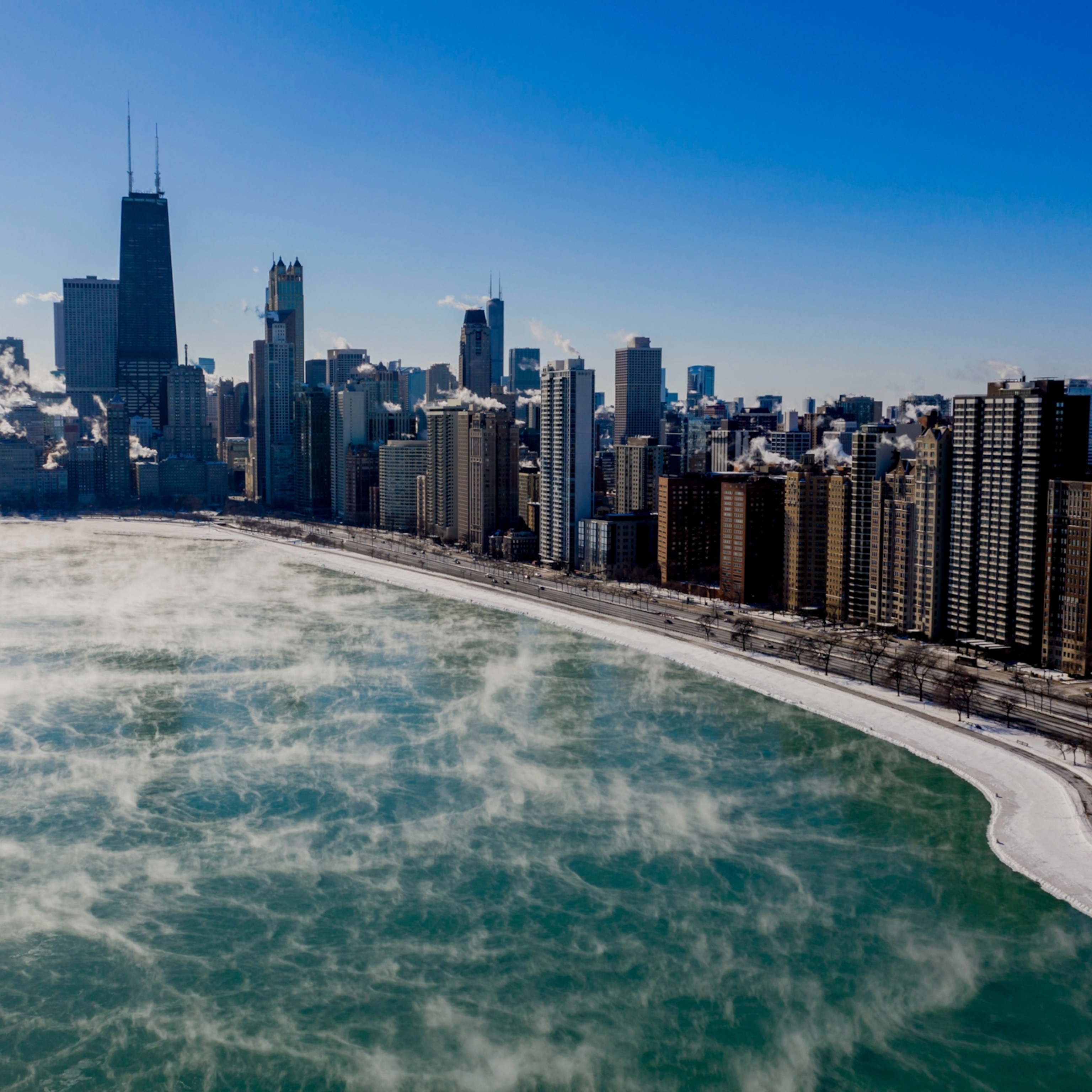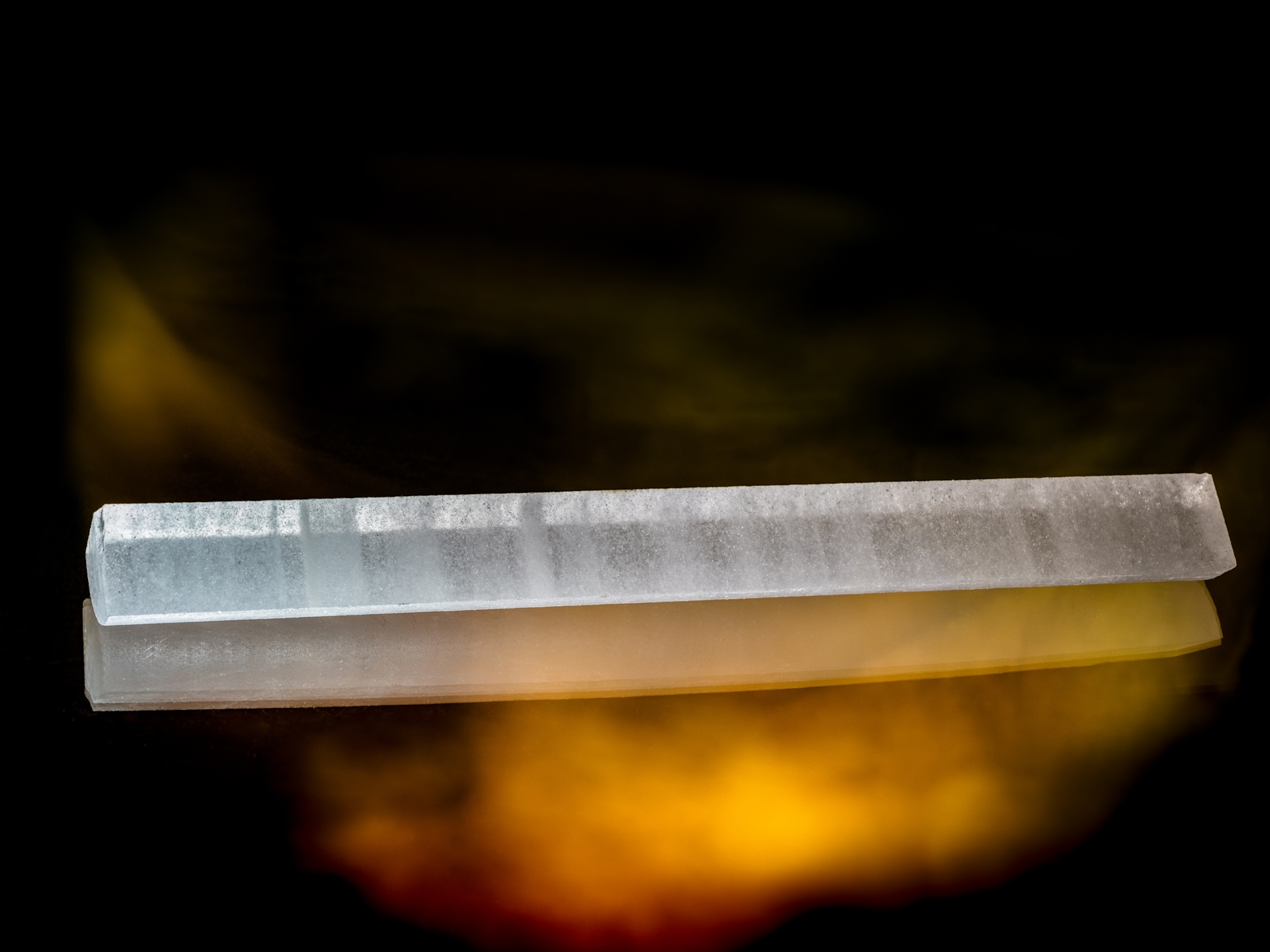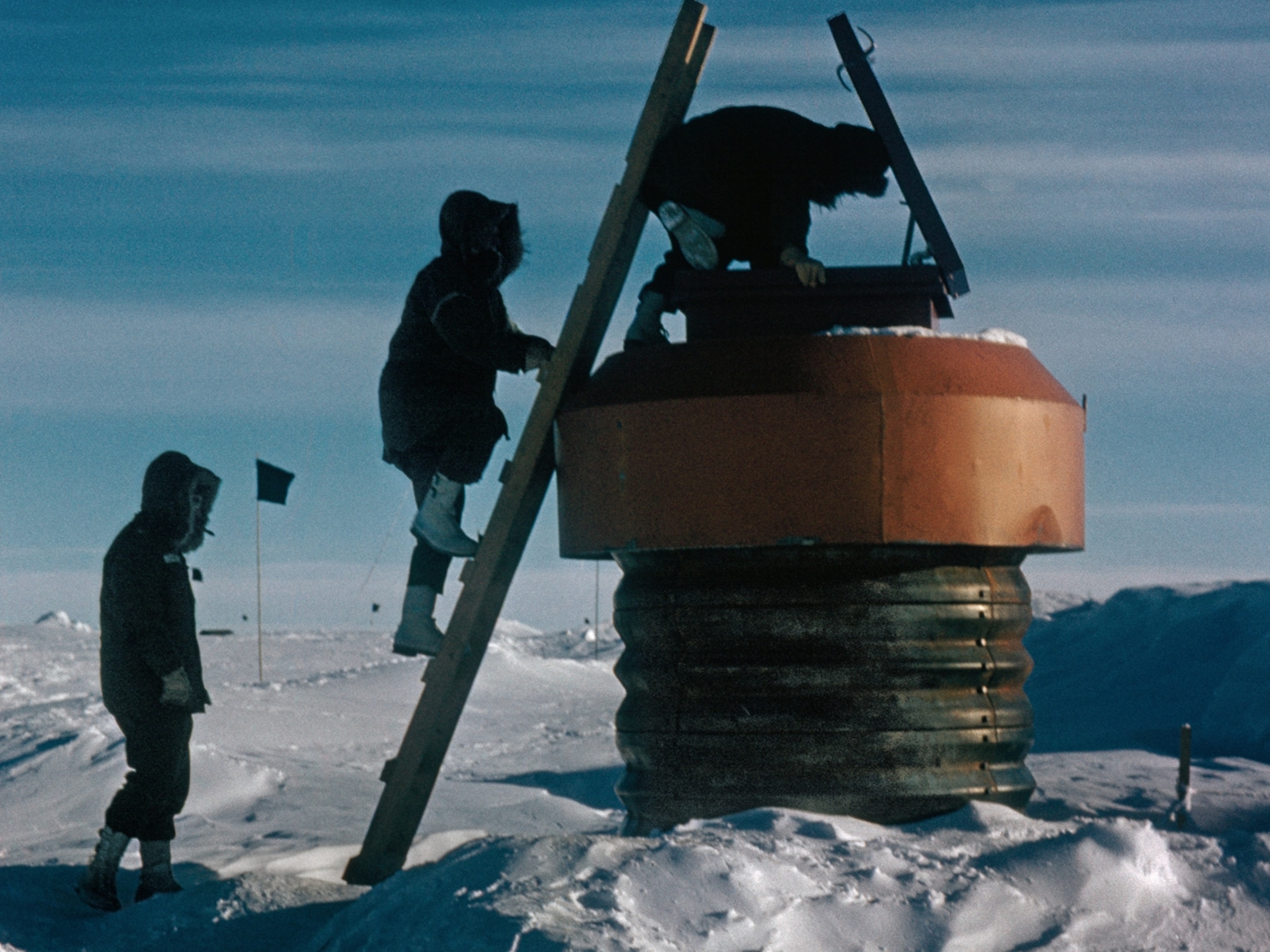
Everest Ice Shrinking Fast, Scientists and Climbers Say
Glaciers in Everest region have shrunk 13 percent since the 1960s.
Everest isn't the same mountain it was when Jim Whittaker became the first U.S. climber to summit the peak in 1963. The world's highest peak has been shedding snow and ice for the past 50 years, possibly due in part to global warming, new research says. (Take an Everest quiz.)
New analyses show Mount Everest has lost significant snow and ice cover over the past half century. In nearby Sagarmatha National Park, glaciers have shrunk by 13 percent. Weather data reveal the larger Everest region has experienced warmer temperatures and less snowfall since the early 1990s, according to Sudeep Thakuri, a Ph.D. candidate at Italy's University of Milan who presented the research—which has yet to be published—on May 13 at the American Geophysical Union's Meeting of the Americas in Cancún, Mexico.
Snowlines in the national park have shifted upslope some 590 feet (180 meters), Thakuri said.
"The temperature trend shows that temperature has increased in pre-monsoon months, which can cause rapid melting of glaciers in the pre-monsoon, and also in winter months, which can [reduce] snow accumulation," he said.
About 87 percent of the precipitation above 16,400 feet (5,000 meters) occurs during the four-month monsoon season, he added, and that precipitation has decreased.
While the glacier loss they report could reshape the famous face of the world's highest peak, a far larger and more serious issue accompanies glacier loss across the Himalaya. (Related: "Massive Hindu Pilgrimage Melting Sacred Glacier.")
The towering ranges surrounding the Tibetan Plateau give rise to many of Asia's great rivers—including the Yangtze, Yellow, Mekong, and Ganges. These rivers provide critical water for as many as two billion people—almost one-third of Earth's population.
If those water sources become less reliable, downstream impacts could become very serious indeed, Thakuri said.
While Thakuri and his co-authors suspect that greenhouse gas-driven global warming is a factor in the Everest meltdown, he cautioned that their data have not established a firm link between the two.
The findings come as no surprise to the climbing community, noted Conrad Anker, one of the world's most accomplished mountaineers and a veteran of numerous Everest expeditions. (See National Geographic's pictures of Everest.)
Everest's ice line seems to have moved up significantly since his first trip to the mountain, Anker said. In 2012 he was part of a West Ridge climb to commemorate the 1963 American Mount Everest Expedition.
"The conditions were so difficult," Anker said. "It had just melted out up there. The Hornbein Couloir was blue ice and, while it's hard to say too much from studying photographs, back in 1963 they were stomping up snow slopes there.
"And the last eight years in the Central Himalaya have been especially dry. Is it warmer temperatures, or less snow, or some combination? I don't know, but it's just melting out up there." (Relive the 2012 climb by Anker and teammates to retrace the path of the 1963 U.S. expedition.)
Big Thaw
Small glaciers appear to be melting most quickly, according to Thakuri, a resident of Nepal's Kathmandu Valley.
Those glaciers smaller than about a third of a square mile (1 square kilometer) have shrank in surface area by 43 percent since the 1960s, while their boundaries have retreated upslope some 1,312 feet (400 meters) during that time.
To track Everest's melting over the decades, Thakuri and his team pored over satellite imagery and topographic maps to reconstruct glacial history and create a statistical analysis of their retreat. (Read "The Big Thaw" in National Geographic magazine.)
Hydrometeorological data from Nepal Climate Observatory stations and Nepal's Department of Hydrology and Meteorology allowed them to chart patterns of temperature and precipitation across the larger region, including the 713-square-mile (1,148-square-kilometer) Sagarmatha National Park.
That study showed a 1.08°F (0.6°C) rise in local temperatures, paired with a 3.9-inch (100-millimeter) drop in precipitation during the winter and pre-monsoon months since 1992.
Documenting the Melt
Anker has seen changes firsthand in the wider Everest region as well.
"When we climbed Cho Oyo—the world's sixth-highest peak—in 2005, we were rock climbing where my good friend Galen Rowell had been ice climbing back in 1985 or 1986. And it was newly exposed rock, rock that had been under ice for a very long time and wasn't weathered at all."
Personal observations like these from the climbing community are backed up by visual evidence of adventures on the world's great peaks, Anker noted. (Read about Sir Edmund Hillary and Tenzing Norgay's 1953 summit of Mount Everest.)
"One of our strong points as mountaineers is that we document our work with images and video," he said.
"You can see the changes [in archives] like David Breashears's GlacierWorks, for example. It's just dramatic to see how much the snow and ice has receded there." (See pictures from early Everest expeditions.)
On the Front Lines
According to Thakuri, the scientist, people living in the Khumbu region agreed with his team's observations.
"They believe in the significant change of the glaciers in the past few decades," he said. "They have clear opinion that the ice in the mountains [is] disappearing, and the mountains are becoming black with exposed rock.
"They also accept that due to the loss of glaciers the tourism business, which is the main source of income in this part [of Nepal], could be influenced."
Anker knows the community well from numerous expeditions and via the Khumbu Climbing Center, which he established with wife Jennie Lowe-Anker through the Alex Lowe Charitable Foundation. He agreed that local people are aware of the ongoing changes.
There's an ice climb used by Sherpas, for example, that serves as an agricultural indicator.
"When that special climb [melts out], it's time to plant the potatoes," Anker said. "So it's one example of the ways they connect to their environment, using ice to measure the planting season."
Conversations with elders in villages near Everest make it clear they've seen significant retreat of snow and ice, he added. (See pictures of melting places around the world.)
One dramatic example is Kantega, or "horse-saddle peak," which was famous locally for two or three dramatic ice falls each year.
"The old-timers say this used to happen two or three times every year, but now the seracs [ice columns] aren't falling any more because there isn't enough snow up there," Anker said. (Also see: "Everest at 50.")
These local observations are part of a larger awareness that he's found among Himalaya people who are living daily with changes in mountain weather and climate, he added.
"Many Nepalis see their nation as a victim of climate change," he said. "There's just not the level of debate there about it that we see here."
Get more Everest news >>








